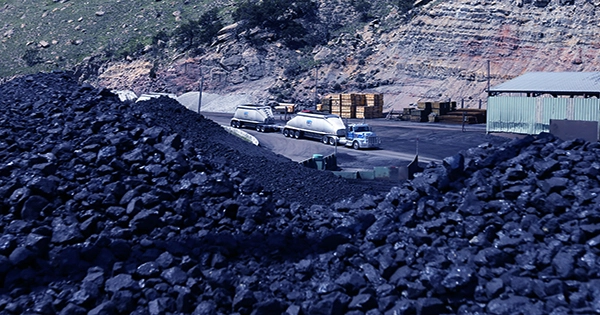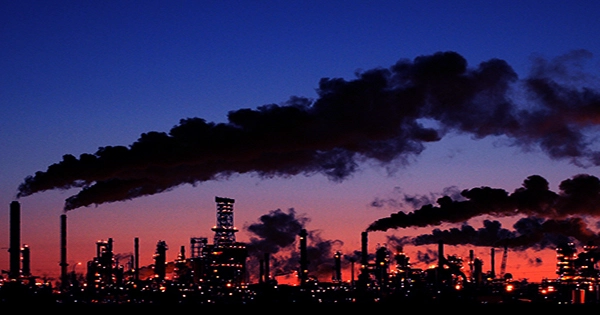Fossil fuels are a type of non-renewable energy source that is formed over millions of years from the remains of once-living organisms, such as plants and animals. These fuels include coal, oil, and natural gas, which are extracted from the ground and processed for use as energy sources.
Fossil fuels are used extensively in transportation, electricity generation, and heating and cooling buildings. However, their extraction, transportation, and use can have negative environmental impacts, including air and water pollution, habitat destruction, and greenhouse gas emissions that contribute to climate change. As a result, many countries are seeking to transition to cleaner and more sustainable sources of energy to reduce their dependence on fossil fuels and mitigate their environmental impacts.

All fossil fuels are formed from the remains of once-living organisms, such as plants and animals, that died millions of years ago and were buried under sedimentary rock and soil. Fossil fuels include coal, oil, and natural gas. They share the following characteristics:
- They are non-renewable: Fossil fuels are finite resources and cannot be replenished at the same rate at which they are consumed.
- They release energy when burned: Fossil fuels contain stored energy from the sun that was captured by plants and animals through photosynthesis. When they are burned, this energy is released in the form of heat and light.
- They emit greenhouse gases: The burning of fossil fuels releases carbon dioxide and other greenhouse gases into the atmosphere, contributing to global warming and climate change.
- They are major sources of energy: Fossil fuels are the world’s primary source of energy, used for transportation, electricity generation, and heating and cooling buildings.















